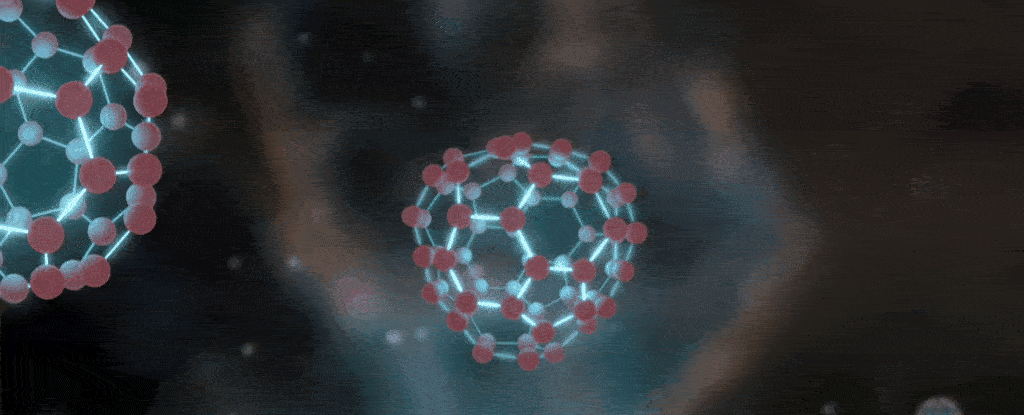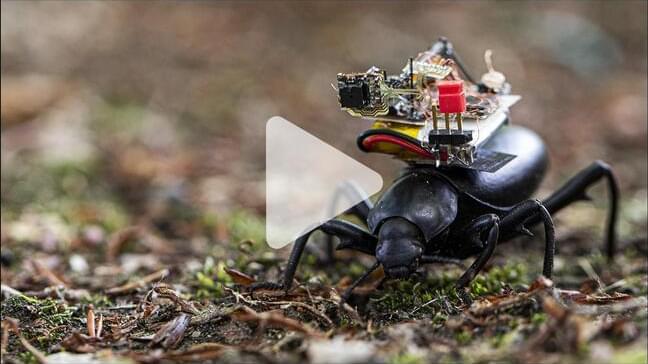Scientists may have just tracked down the source of some mysterious infrared glows detected emanating from stars and clouds of interstellar dust and gas.
These Unidentified Infrared Emission (UIE) bands have baffled scientists for decades; according to a theoretical new work, at least some of these bands can be produced by highly ionized buckminsterfullerene, more commonly known as buckyballs.
“I am extremely honored to have played a part in the astonishingly complex quantum chemistry investigations undertaken by Dr Sadjadi that have led to these very exciting results,” said astrophysicist Quentin Parker of Hong Kong University’s Laboratory for Space Research.









